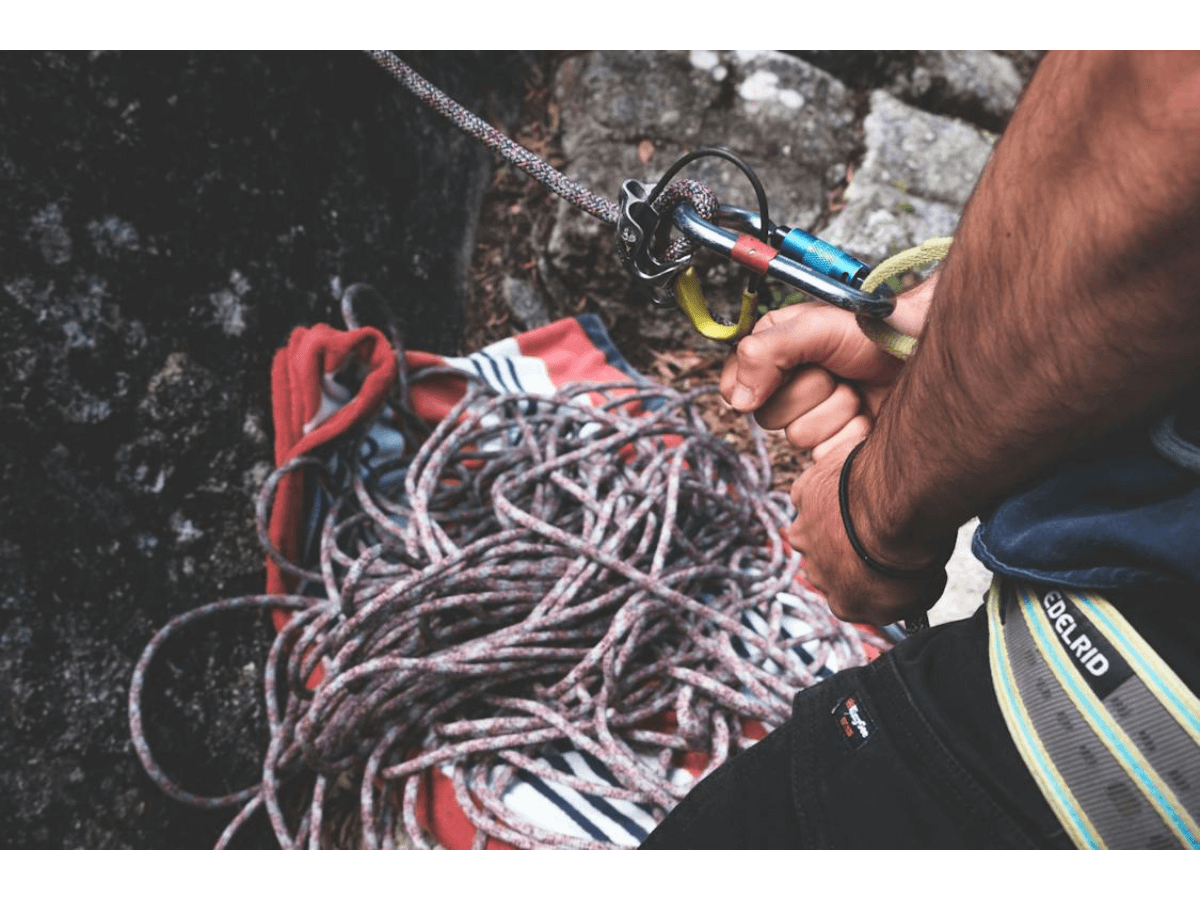Static vs. Dynamic Rope: Understanding the Differences and Choosing the Right Type for Your Climb
As with any highly marketable and in-demand item, many ropes are on the market. The main difference between types of ropes is whether it is a static or dynamic rope. If you are a climber looking to invest in your first climbing rope, deciding which option is ideal for you can feel overwhelming and confusing. After all, dropping $100 to $200 on a piece of gear is a decision most people don’t take lightly. You want your investment to be worthwhile and, above all else, safe.
So, let’s break down the difference between a static and dynamic rope so that you can narrow your search and find the perfect option!
Static Rope
Static rope doesn't stretch under load. In other words, if a climber falls, there is little to no give; thus t, the impact felt through the climber's body is significant. This is why we do not suggest buying a static rope for rock climbing (top rope or lead) purposes. The lack of elasticity increases the chance of injury, especially to the spine.
However, there are some climbing-related instances where a static rope may prove helpful. Those include rappelling, rescuing an injured climber, or climbing fixed lines with ascenders (i.e., route-setting work). In these cases, a static rope provides increased control by the user over the rope. Unless you plan on hauling a heavy load up and down your rope, working in outdoor rescue operations, or solely rappelling, you'll want to avoid buying a static option.
Semi-static pope: A quick aside
The only case in which you could choose a static rope for actively climbing is if you ensure it is semi-static. This type of rope has elasticity between the non-existent give of a static rope and the increased elasticity of a dynamic rope. However, If you choose a semi-static rope, you should only use it for top-roping and never for lead climbing.
Dynamic Rope
The counterpart of a static rope, a dynamic rope, is designed to stretch, to some degree, under load (aka when a climber falls). A dynamic rope is your best gym or outdoor climbing option because it is adequate for top rope and lead climbing. While you can opt for a semi-static top rope, any time you lead a climb, you want to use a dynamic rope.
Additionally, the popularity and commonness of dynamic ropes among climbers means a greater variety of options are available. When researching dynamic options, you can narrow your search based on the length of the rope, color, and width.
The biggest reason climbers should opt for a dynamic rope is that its increased elasticity enhances safety by softening the impact of the catch when a climber falls off, and their weight loads the rope.
If you take anything away, you should be looking at dynamic climbing ropes. From there, it’s up to you what length, color, and width you choose, although plenty of online resources are available to help navigate those customization choices. However, hopefully, you also understand why someone might choose a static rope over a dynamic rope and why they’re a less-than-ideal option for an active rock climber. If you still have questions or comments about the difference between rope types or are unsure which option is for you, post them below! We value your opinion and look forward to hearing from you!

